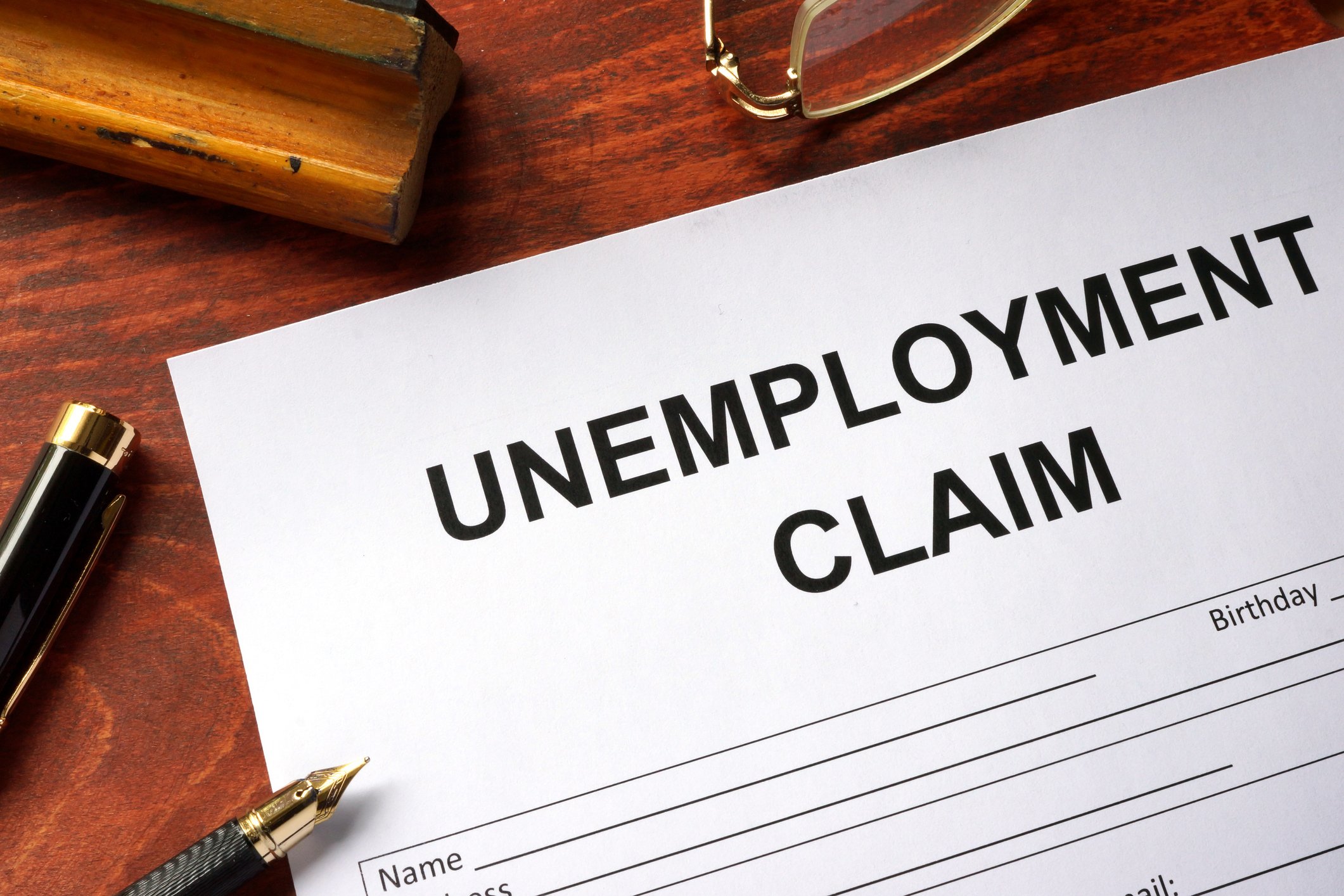How much of your money are you saving? If you're like most Americans, the answer is probably not enough. Putting aside money for your future is essential, but as many as 65% of Americans are saving too little of their incomes, according to a new survey from Bankrate.
Saving money is undeniably difficult, especially if you feel like you're living paycheck to paycheck already -- but fortunately, there are things you can do to increase your savings if you're among the majority of Americans whose saving rate is way too low.

Image source: Getty Images.
Americans are saving way too little
According to Bankrate, 19% of Americans save absolutely nothing, while 21% save just five percent of income or less. Another quarter save between 6% and 10% of their earnings. That's a total of 65% of the population saving 10% or less -- and in most cases, much less.
Unfortunately, saving even 10% of income isn't nearly enough. In 2016, the median household income in the U.S. was $57,617, according to the U.S. Census Bureau. Assuming your household saved 10%, you'd have around $5,760 in total savings over the course of the year, at most.
If you put $5,760 into a tax-advantaged retirement savings account each year from age 30 to age 67, you'd end up with around $913,000 by retirement, assuming a 7% annual return. This may seem like a lot, but the inflation-adjusted value would be around $296,000. If you withdrew from your invested funds at a reasonably safe rate to avoid running out money, your savings would provide an income equivalent to less than $11,000 per year.
And, that's assuming every dollar of your savings went into retirement funds -- which means you'd save nothing for emergencies, car repairs, college for your kids, taking trips, fixing the roof, or buying new appliances. Since you'll need to save money for all of these other things -- and increase your retirement savings -- it's clear that saving 10% of income isn't going to be sufficient.
How can you increase your savings?
Just 16% of households responding to Bankrate were saving more than 15% of income, and your goal should be to join this elite group.
Of course, that's easier said than done, with two in five survey respondents saying expenses were too high to save more, and one in six claiming their job didn't provide enough income. In most situations, though, while there are obstacles to increasing your savings rate, they can often be overcome.
You can dramatically increase the amount you save by making big lifestyle changes, such as:
- Downsizing your house or getting a roommate: If your housing costs are above 30% of your income, this is considered unaffordable. If you can't move to a less expensive home or a lower cost of living area, rental income from a roommate or listing your house as an Airbnb could help you save.
- Starting a side hustle to bring in extra income: More than 44 million Americans have a side hustle, and almost four in 10 regular side hustlers earn more than $500 monthly. If you saved this entire amount, you could max out an IRA and have money left over.
- Reducing your car costs While most Americans have a car loan throughout almost their entire careers, you could opt instead to buy an affordable used car and drive it as long as possible. Keep making "car payments" once your auto loan is paid off, saving some of that money to pay cash for your next affordable used car and investing the rest in your future.
If you're not ready to make dramatic changes to your lifestyle, you can still increase your savings by:
- Living on a budget: By making a budget, you can prioritize savings, identify problem areas where you're overspending, and find ways to cut costs.
- Meal planning to avoid food waste: The average family wastes around $1,365 to $2,275 in uneaten food annually. You could be saving this money.
- Shopping with coupons: If you buy based on what's on sale and use coupons, you should be able to cut costs on food, clothing, and household products.
- Conserving resources: Switch your light bulbs to energy-efficient Compact Fluorescent Lightbulbs (CFLs); unplug items in your home that suck power when not in use; change your car air filters to reduce fuel costs; and turn your thermostat up or down to use less heat or air conditioning. Saving the planet and keeping more money in your pocket is a win-win.
When you find something to save on, transfer the extra money right away to a savings or retirement account -- otherwise, you'll probably just find something else to spend it on.
Finally, one of the most important and simplest things you can do to increase savings is to bank your raises and avoid lifestyle inflation. When you get a raise, tell human resources at work to automatically increase 401(k) contributions by the full amount. If you never get used to having extra money, you won't miss it. If you don't have a 401(k), open an IRA with any broker and set up automatic contributions.
While you're automating contributions, set up an automatic deposit to a savings account for short-term and medium-term needs. Even contributing a small percentage of income each paycheck makes a difference. If you're paid biweekly and have just $40 diverted from each check into a savings account, you'd end the year with more than $1,000 by year's end.
Increasing your savings can make a big difference in your future
If you're among the 65% of Americans saving less than 10% of your income, commit now to making a serious effort to change that statistic. While making lifestyle changes to prioritize savings isn't easy, it's worth doing so you can have the peace of mind of knowing you're part of the minority of Americans on track for a more secure financial future.





